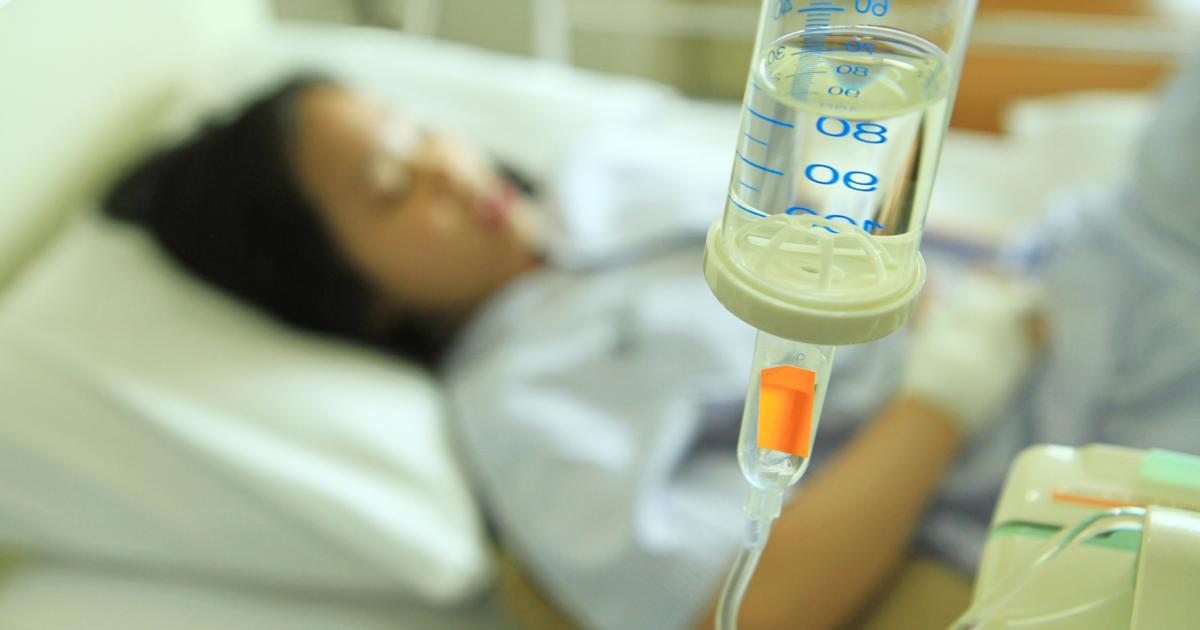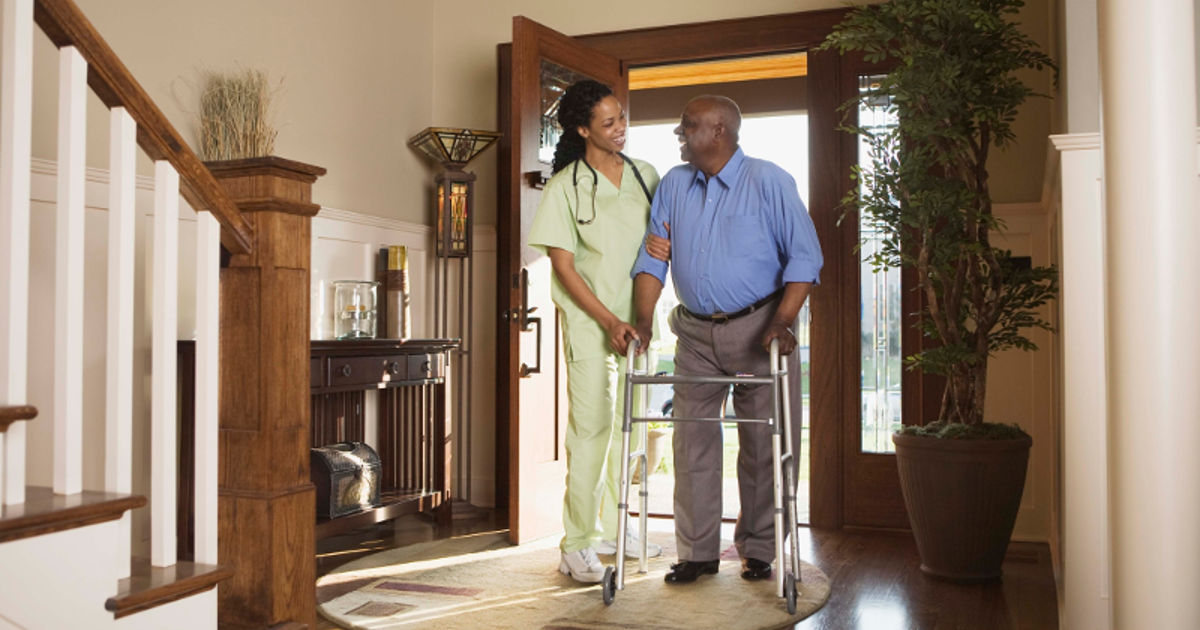Treatment Options For A Lacunar Stroke
About twenty percent of strokes are lacunar strokes, which are ischemic, meaning they occur when blood vessels inside the brain get clotted. A lacunar stroke specifically involves small arteries getting clotted. Some symptoms are drooping of the facial muscles, partial paralysis on one side of the body, having a hard time speaking, and being confused. All strokes, including lacunar strokes, cause cells in the brain to perish. This leads to brain damage, which can be permanent. Many different types of treatment can be used to help a lacunar stroke patient to recover and to be able to function in daily life.
Get to know some of these treatments for lacunar strokes now.
Options For Medication

When someone goes to the emergency department for lacunar stroke treatment, they are usually given medications to treat the stroke and prevent another one from happening. Intravenous medications are also given in the emergency room, and these unclog the arteries where blood is being blocked from flowing in the brain. Sometimes, medications may be injected into the brain. After the initial stroke treatment, options for medication vary depending on the patient's needs. The doctor will investigate underlying health problems that might have caused or contributed to the stroke, such as high blood pressure, high cholesterol, and diabetes. The patient might be prescribed beta-blockers, for example, to treat high blood pressure and avoid further strokes.
Reveal the next method of treatment for lacunar strokes now.
Physical Therapy

Physical therapy is a crucial part of treatment for lacunar stroke patients. Stroke patients often lose muscle function and may need to relearn how to do simple tasks. Patients often start physical therapy when they are in the hospital after suffering from a lacunar stroke. Physical therapists help lacunar stroke patients learn how to balance and coordinate their muscle movements. If a stroke patient is persistent and does all the exercises the physical therapist prescribes, they are more likely to make a full physical recovery. It is important for the patient to remain positive and not to get discouraged when seemingly simple exercises are difficult.
Learn more about how to treat a lacunar stroke now.
Speech Therapy

Speech therapy is sometimes necessary for recovering lacunar stroke patients. A lacunar stroke can damage parts of the brain involved in speech production and comprehension. Speech problems following a lacunar stroke are often referred to as aphasia. Some of the more common types are called Broca's aphasia and Wernicke's aphasia. Broca's aphasia involves damage in a region of the brain known as Broca's area, which is involved in finding words and speaking. Someone with Broca's aphasia has trouble expressing even simple thoughts in words. Wernicke's aphasia involves damage to Wernicke's area, which is the region involved in comprehending what other individuals are saying. Patients with Wernicke's aphasia have a hard time understanding speech, and when they themselves speak, they often cannot produce intelligible sentences. Speech therapy helps these patients relearn how to communicate.
Get the details on the next form of treatment available for a lacunar stroke now.
Occupational Therapy

Occupational therapy is often an important component of lacunar stroke treatment. This type of therapy is used to help a lacunar stroke patient relearn how to do the tasks necessary to take care of themselves. Patients might learn how to clean and cook as well as how to bathe. These tasks are difficult for lacunar stroke patients because of the brain damage caused by stroke. Patients may have problems with fine motor tasks such as holding a fork and bringing it to their mouth. They may also have memory and concentration problems that make it difficult for them to do tasks involving several steps.
Continue reading for more information on treating lacunar strokes effectively.
Mobility Aids

Mobility aids can help a lacunar stroke patient get around and complete daily tasks while they are recovering. There are special canes and belts that help stroke patients walk around. Many stroke patients have difficulty walking even with these aids and may need wheelchairs. There are also alarms patients can carry around or have installed in their houses in case they need assistance. Lacunar stroke patients also sometimes have rails installed in their houses to hold on to when they are walking up the stairs or around the house. Patients in wheelchairs may have a stair lift installed to carry them upstairs. Not everyone will need the same mobility aids. It is a good idea for a stroke patient and their family to discuss with a doctor or a physical therapist what devices might be necessary or helpful.
